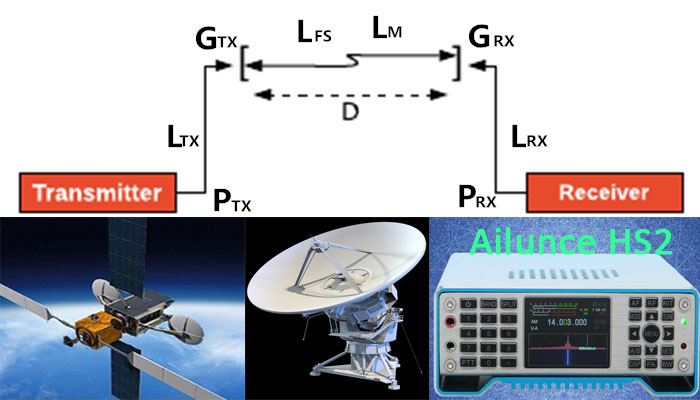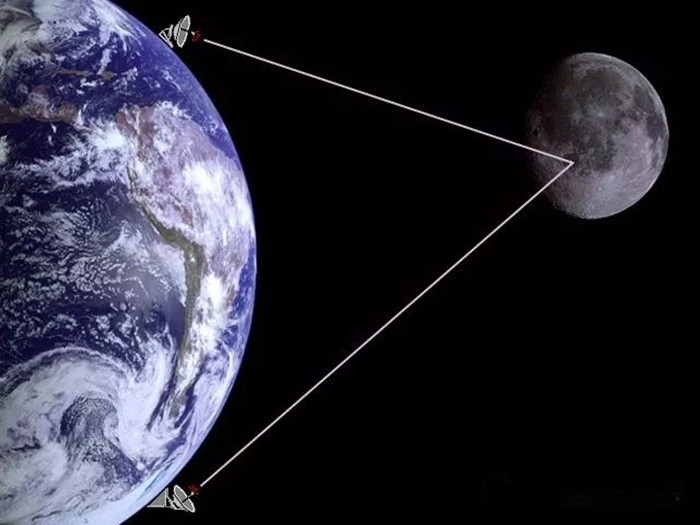+86 15093323284 hams@ailunce.com
How to make a link budget?

A link budget is an accounting of all gains and loss in the transmitting end, communication link, propagation environment (atmosphere, coaxial cable, waveguide, optical fiber, etc.) and receiving end of a communication system. It is usually used to estimate the longest distance for a signal to travel between transmitter and receiver. This is also the main method for evaluating the coverage range of a wireless communication system and is an important work in wireless network planning. So how to make a simple link budget?
Link budget formula

PRX=PTX+GTX-LTX-LFS-LM+GRX-LRX
PRX: RX Power(dBm)
PTX: TX Power(dBm)
GTX: Gain of TX Antenna(dBi). it's usually the gain of a point antenna.
LTX: TX feeder loss(dB). It's the loss caused by all feeders and adapters throughout the transmission.
LFS: Free Space Loss(dB). The path loss is mainly caused by the distance between the receiving and transmitting antennas .
LM: Miscellaneous loss(dB). it mainly refers to the polarization loss caused by the attenuation of the signal itself and the polarization of the transceiver antenna.
GRX: Gain of RX(dBi).
LRX: RX feeder loss(dB).
Application

Generally, satellite communication or EME communication must do link budget in advance, and the following aspects should be paid attention to when do link budget。
1. In addition to the miscellaneous loss caused by the long distance, there are many uncertainties in satellite communication or EME communication. so the miscellaneous loss is also very large, and the calculation should be considered as fully as possible;
2. The transmission power is limited for small amateur satellite communications, so when calculating the downlink power, it should be assumed that the satellite transmission power is the smallest;
3. Link budget is also a way to troubleshoot communication abnormalities.











